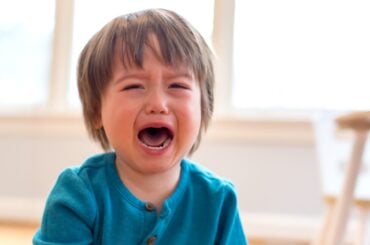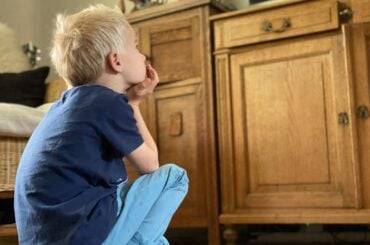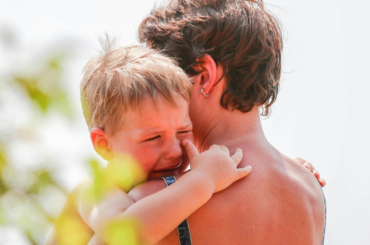Respiratory syncytial virus, or RSV, is the leading cause of hospitalization for babies under 1 year old. Pediatricians and public health experts are now urging new or expecting parents to get themselves or their babies vaccinated for this potentially serious illness to help prevent more severe cases from developing.
In most cases, RSV presents like a cold, with symptoms like sneezing, coughing, and a runny nose. However, it can become serious if secondary infections like pneumonia develop, or in particularly severe cases of the illness which can impact a child’s breathing.
There are now two vaccines on the market that can help protect babies from RSV—the maternal vaccine for pregnant people, and the antibody vaccine for infants. Doctors recommend only one of the two vaccines for most babies.
Pfizer’s Abrysvo vaccine is recommended during weeks 32-36 of pregnancy. It gives antibodies to the expectant parent which are then passed on to the baby. These antibodies can protect the baby from RSV for at least 6 months after birth, when they’re at the highest risk for severe infection. Doctors typically only recommend this vaccine one time for each person, and will most likely recommend the infant vaccine after any subsequent pregnancies.
The antibody vaccine for infants, or nirsevimab, is recommended for all babies younger than 8 months old, who were born to people who did not receive a maternal RSV vaccine during pregnancy. Nirsevimab is also recommended for a select group of higher-risk kids between 8 and 19 months old, including—
- Children who were born prematurely and have chronic lung disease
- Children who are severely immunocompromised
- Children with severe cystic fibrosis
- Children of Indigenous heritage
If you suspect your child may have RSV, don’t panic. Most cases resolve on their own without treatment. However, if they show any of the following symptoms, you should seek medical attention right away to prevent or treat more serious infection—
- Fast breathing
- Flaring nostrils and head bobbing with breathing
- Rhythmic grunting during breathing
- Chest caving in with each breath
- Wheezing
- Pauses in breathing or difficulty breathing
- Symptoms of dehydration (fewer than 1 wet diaper every 8 hours)
- Pale, gray- or blue-colored skin, lips or nail beds, depending on skin tone
- Significantly decreased activity and alertness
- Symptoms that worsen or do not start to improve after 7 days
- A fever (rectal temperature of 100.4°F or higher) if they are younger than 3 months (12 weeks) old
- A fever that goes above 104°F repeatedly for a child of any age







